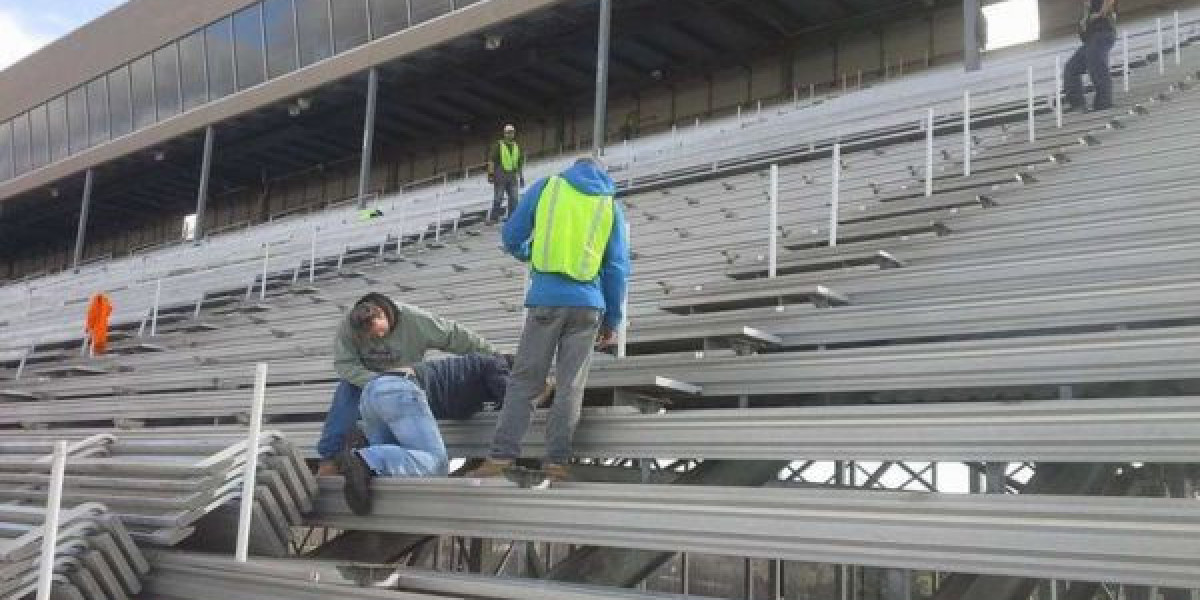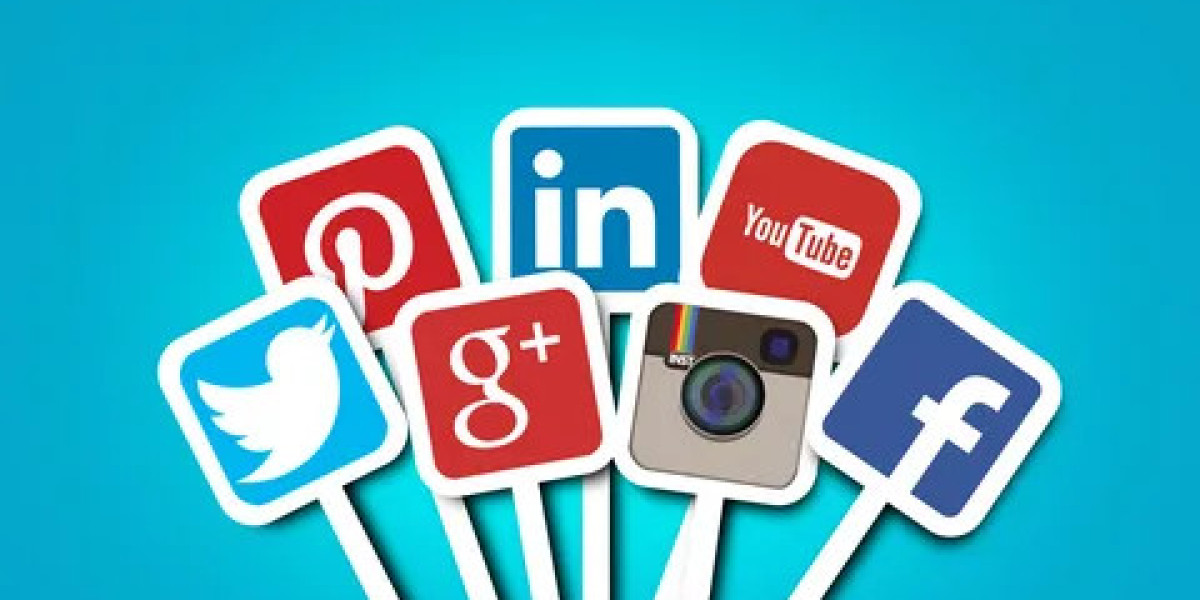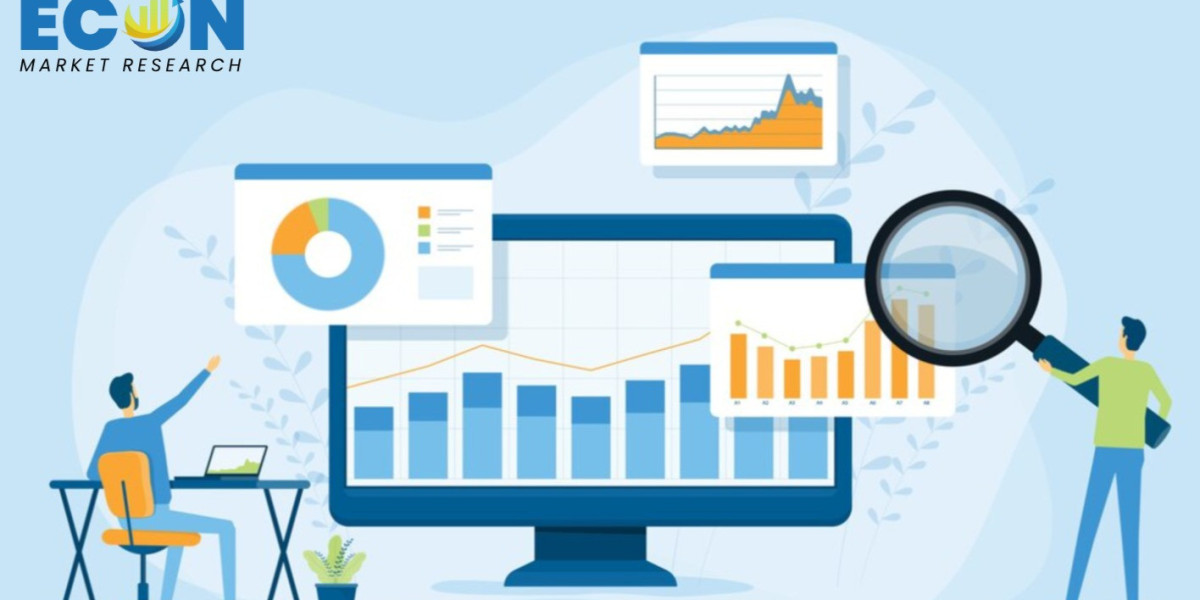When it comes to buying used bleachers, there are numerous factors to consider to ensure you get the best value for your money and meet your specific needs. This comprehensive used bleachers for sale near me guide will walk you through the process, from the initial search to the final installation, highlighting key considerations and potential pitfalls along the way.
Understanding Your Requirements
Before diving into the market for used bleachers, it’s crucial to have a clear understanding of your requirements. Here are some key questions to consider:
- Capacity Needs: How many people do you need the bleachers to accommodate?
- Usage: Will the bleachers be used for indoor or outdoor events?
- Portability: Do you need portable bleachers that can be moved, or will they remain stationary?
- Budget: What is your budget for purchasing used bleachers?
- Compliance: Are there any local regulations or safety standards you need to adhere to?
By answering these questions, you can narrow down your options and focus on bleachers that meet your specific needs.
Finding Reliable Sources
When looking for used bleachers for sale near you, it’s important to identify reliable sources. Here are some common places to start your search:
- Online Marketplaces: Websites like eBay, Craigslist, and specialized platforms like Bleacher Builders often have listings for used bleachers.
- Local Schools and Sports Facilities: Reach out to local schools, community centers, and sports facilities. They might have surplus bleachers they are willing to sell.
- Equipment Dealers: Some dealers specialize in buying and selling used sports equipment, including bleachers.
- Auctions: Keep an eye out for auctions, both online and in-person, where used bleachers might be available.
Ensure you deal with reputable sellers and, if possible, check reviews or ask for references to confirm their reliability.
Inspecting the Bleachers
Once you’ve identified potential bleachers, the next step is to thoroughly inspect them. Here’s what to look for during your inspection:
- Structural Integrity: Check for any signs of damage or wear and tear. Look for cracks, rust, or loose connections that could compromise safety.
- Material Quality: Assess the materials used in the bleachers. Aluminum and galvanized steel are popular choices due to their durability and resistance to corrosion.
- Safety Features: Ensure the bleachers have adequate safety features, such as guardrails, non-slip surfaces, and proper anchoring systems.
- Comfort: Consider the seating comfort. Look for well-maintained seats that are free from cracks and splinters.
- Compliance: Verify that the bleachers meet local safety standards and regulations. This may include requirements for aisle width, handrails, and exit paths.
If possible, bring along a professional inspector or an experienced contractor to help assess the condition of the bleachers.
Evaluating Costs
Cost is a significant factor when purchasing used bleachers. While used bleachers are generally more affordable than new ones, it’s essential to consider the total cost, including:
- Purchase Price: Compare prices from different sellers to ensure you’re getting a fair deal.
- Transportation: Factor in the cost of transporting the bleachers to your location. This can vary depending on the distance and size of the bleachers.
- Installation: You may need to hire professionals to install the bleachers, especially if they require assembly or anchoring.
- Maintenance and Repairs: Budget for any immediate repairs or ongoing maintenance to keep the bleachers in good condition.
By accounting for these costs, you can better assess the overall affordability of the bleachers.
Negotiating the Purchase
Negotiation is a critical part of the purchasing process. Here are some tips for successful negotiation:
- Do Your Research: Have a clear understanding of the market value for used bleachers similar to the ones you’re interested in. This gives you a strong bargaining position.
- Point Out Issues: If you identify any issues during the inspection, use them as leverage to negotiate a lower price.
- Be Ready to Walk Away: If the seller isn’t willing to meet your price or address your concerns, be prepared to walk away and explore other options.
- Bundle Services: If the seller offers transportation or installation services, try to negotiate these into the overall price for a better deal.
Arranging Transportation
Once you’ve finalized the purchase, the next step is arranging transportation. Here are some considerations:
- Size and Weight: Ensure you have accurate measurements and weight details to arrange appropriate transportation.
- Permits: Check if you need any special permits for transporting large items, especially if crossing state lines.
- Professional Movers: Hiring professional movers with experience in handling large, heavy equipment can save time and prevent damage.
- Timing: Coordinate the timing of the move to minimize disruptions and ensure the bleachers arrive when needed.
Installation Process
Proper installation is crucial for the safety and functionality of your bleachers. Here are the steps involved:
- Site Preparation: Ensure the installation site is level and stable. Clear any debris and make necessary ground preparations.
- Assembly: Follow the manufacturer’s instructions for assembly. This may involve bolting together sections, securing seats, and installing guardrails.
- Anchoring: Securely anchor the bleachers to the ground to prevent tipping or shifting. This is especially important for outdoor installations.
- Inspection: After installation, conduct a thorough inspection to ensure stadium seating for sale everything is properly secured and safe for use.
Hiring experienced professionals for installation can help ensure the process is done correctly and safely.
Maintenance and Upkeep
Regular maintenance is essential to keep your bleachers in good condition and extend their lifespan. Here are some maintenance tips:
- Regular Inspections: Conduct regular inspections to identify and address any issues, such as loose bolts, rust, or damage.
- Cleaning: Keep the bleachers clean to prevent dirt and debris from causing damage. Regularly wash with mild soap and water, and avoid harsh chemicals.
- Repairs: Address any repairs promptly to prevent minor issues from becoming major problems. This includes replacing damaged seats, tightening bolts, and addressing rust.
- Protective Measures: For outdoor bleachers, consider using protective coatings or covers to shield them from the elements and reduce wear and tear.
By following these maintenance practices, you can ensure the longevity and safety of your bleachers.
Conclusion
Buying used bleachers for sale near you can be a cost-effective solution for expanding your seating capacity for events. By understanding your requirements, finding reliable sources, conducting thorough inspections, evaluating costs, and following proper installation and maintenance practices, you can make a well-informed purchase and ensure your bleachers provide safe and comfortable seating for years to come.



